Now that the G20 has come and gone, the surface of life that was so agitated thereby has returned to its normal level of agitation. There are plenty of things to keep track of, to one degree or another. In some cases, to many degrees.
Here are a few of them:
REDENTORE: The annual feast of the Most Holy Redeemer is tonight and Sunday — the big waterborne festivities on Saturday, the races and big religious celebration on Sunday. Last year there were no fireworks, which left a huge hole in the festivities. This year there will be fireworks, but in a serious effort to prevent the hazardous clumping-together of crowds the city has imposed a limit of 18,000 people, total, and those persons have to have made a reservation. To reach the place or area they’ve booked, they have to show their printed ticket as well as their “Green Pass,” or other certificate of vaccination, OR a document that confirms that their swab was negative within the 48 preceding hours.

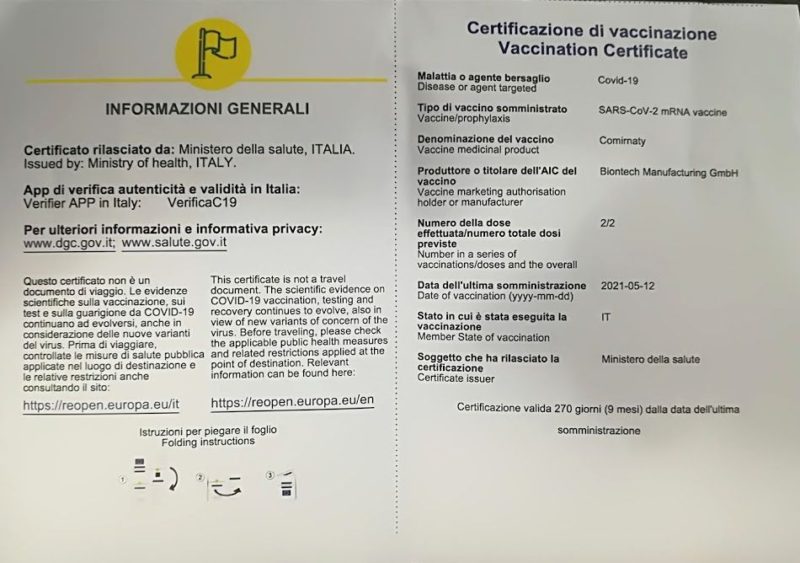
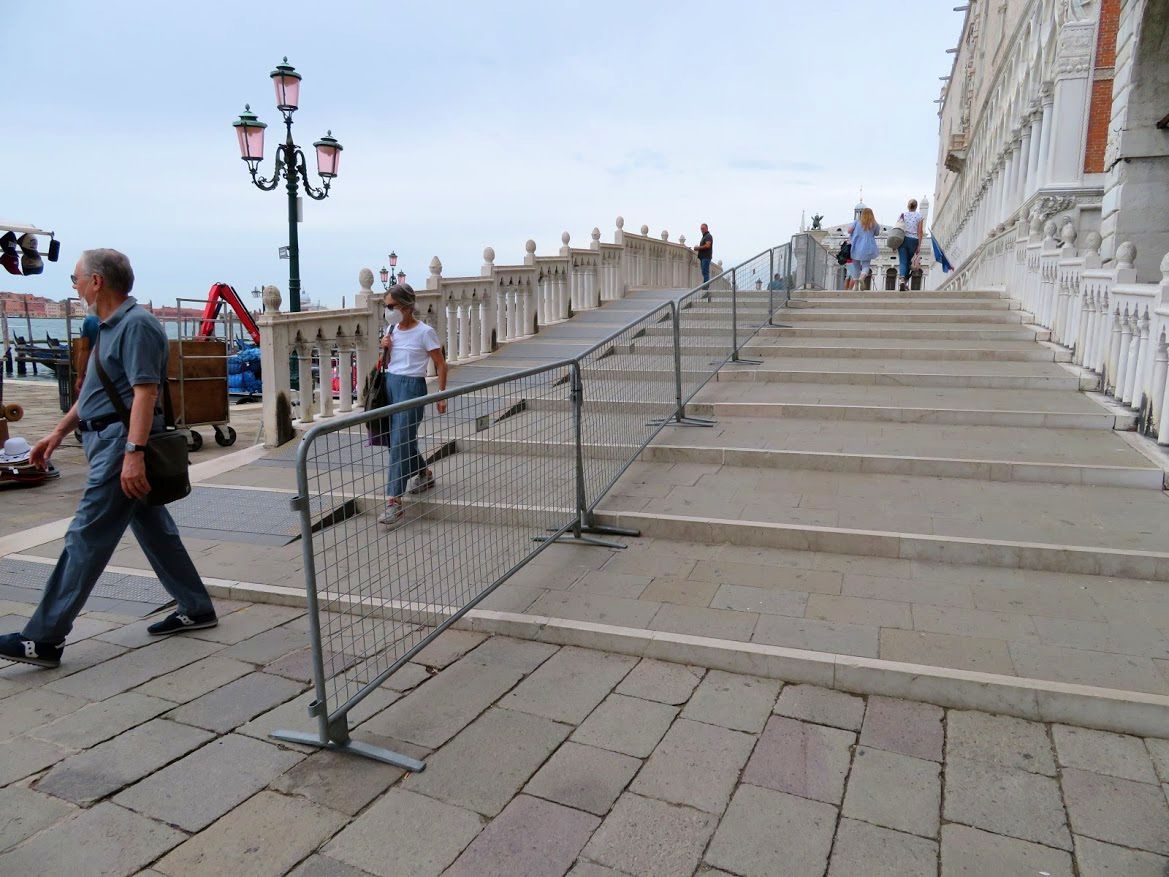
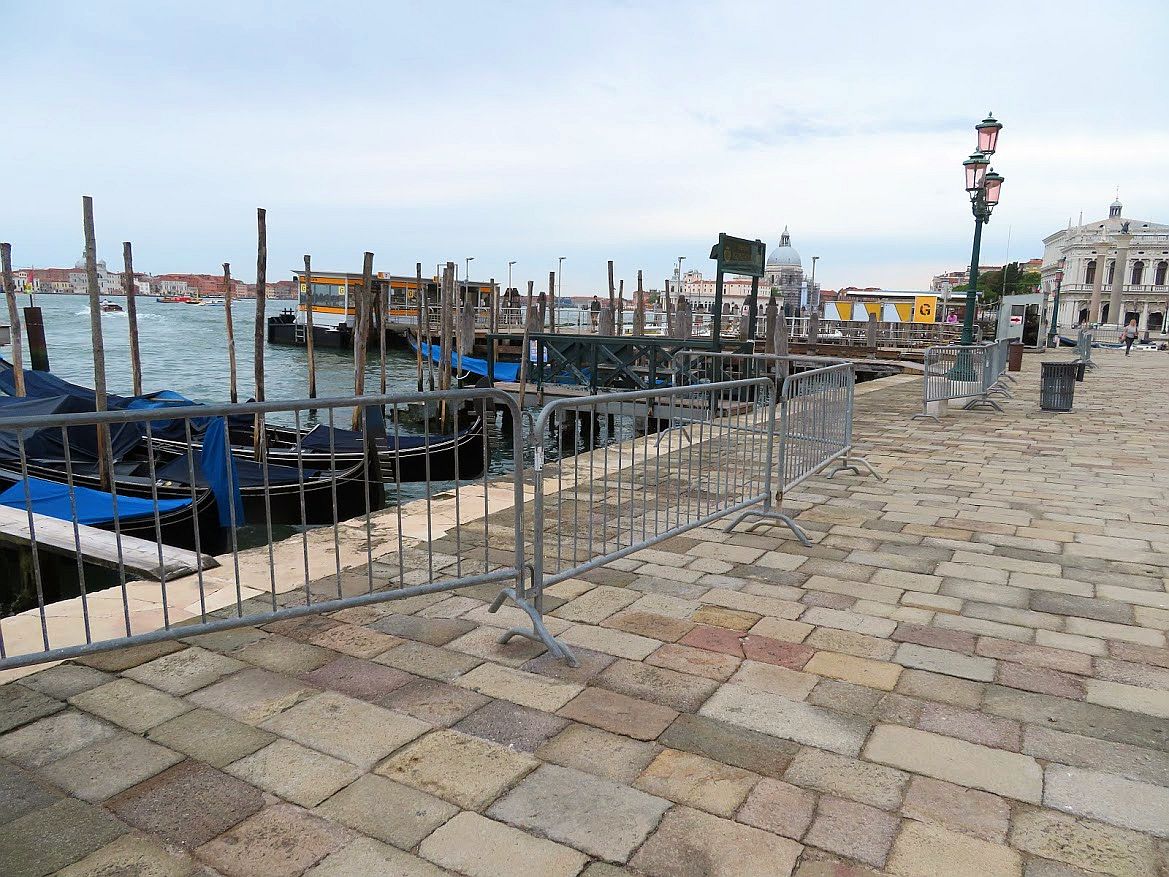
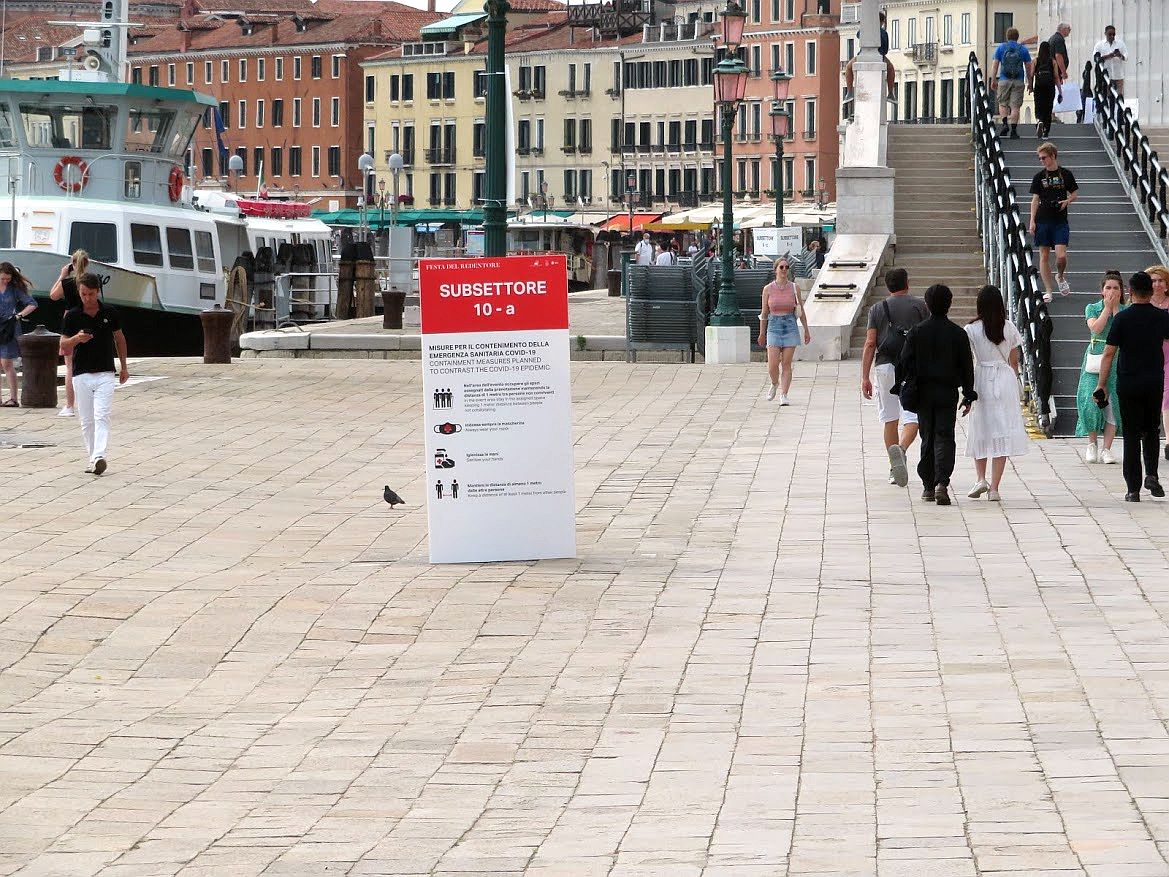
Boats obviously won’t be permitted to tie up to each other: social distancing afloat. No trying to pass from boat to boat. No dancing parties aboard (take that, you big floating discotheques). The watery areas are delimited according to size and the use of boat, and you have to show a printed “ticket” from your booking (on water as on land) to be permitted to enter the area. Once your boat has entered its appointed area, it is forbidden to exit, nor will it be permitted to put people ashore. Boat captains have to keep a complete list of passengers for 14 days. Also, wear your mask.
There are regulations for people booking space along the fondamentas to watch the fireworks, or to scarf their dinner, but I’m not going to go into all that. If you’ve booked a space, you already have the rules. If you haven’t booked, you’d better hop to. Preference is being given to Venetians, it says here.
Lino and I will not be there; it’s been years since we decided we couldn’t stand the mayhem of the motorboats in the dark, with their drunk drivers. We might walk up to the fondamenta dei Sette Martiri (where I didn’t see any signs of assigned places) if it’s not too crazy.
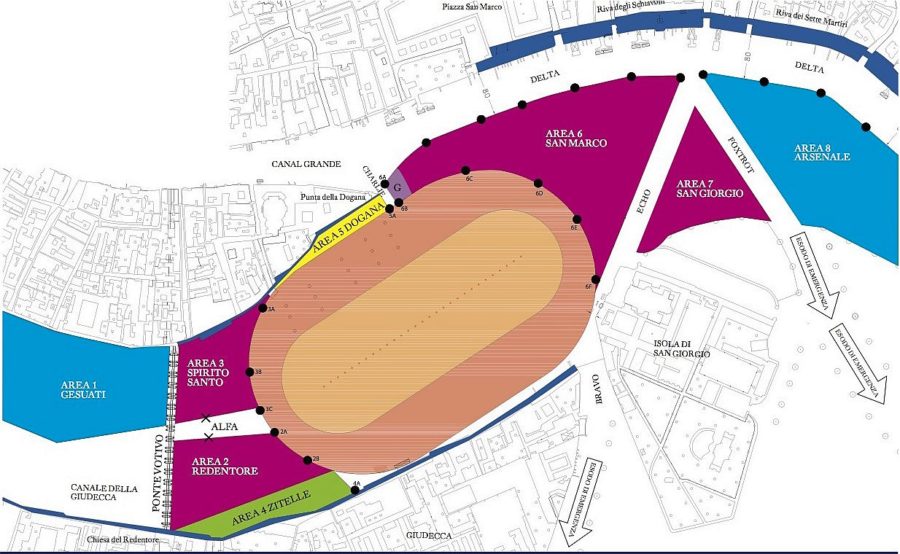
THE BIG SHIPS: Ship-haters rejoice: As of August 1, the biggest ships will no longer be permitted to pass through the city. These ships are defined as having at least one of the following characteristics: Gross tonnage above 25,000 tons; hull at the waterline longer than 180 meters; height of ship more than 35 meters, excluding ships that are motor- and sail-driven; use of fuel in maneuvering that has a percentage of sulfur equal or superior to 0.1 per cent. Like any other cargo vessel, the big cruise ships will be routed from Malamocco to Porto Marghera, one of many solutions that have been discussed since dinosaurs roamed the earth. But this is just a stopgap. The real solution is the offshore port, and that’s not happening tomorrow.
Seeing that neither Porto Marghera nor anywhere else will be ready this year, the MSC Orchestra or Magnifica and Costa Deliziosa (the only big ships on the dance card this summer) will be departing, respectively, from Monfalcone and Trieste, up along the northern Adriatic coast. Passengers arriving in Venice will be swabbed or otherwise health-checked at the Venice Maritime area, then loaded on buses and driven a few hours to their ships. So much for the thrill of cruising from Venice.
The offshore port project is going to take some time. Phase One, send in your proposals by December 31, 2021. Make sure your design can accommodate modern container ships as well as the biggest cruise ships, and make sure the port will be safe in stormy seas because there won’t be any lagoon to protect you anymore. Phase Two, five experts evaluate the proposals. Phase Three, choose the winner. That decision will be made by June 30, 2023, if all goes as planned. That’s a pretty big “if,” I feel compelled to add.
Seeing that creating the offshore port will take at least five to six years, Porto Marghera will have to be modified fairly quickly. Building the new passenger terminal there, deepening the channels and revising the current industrial docks will cost 157 million euros — a hefty sum for a temporary set-up. Then again, “temporary” has a flexible meaning here. The Accademia Bridge was built in 37 days in 1933 as a temporary structure while proposals for the real bridge were to be evaluated, and it’s still there.
I have the impression that the sudden decision on dealing with the big ships is linked somehow to the fact that UNESCO recently decided to designate the water entrance to Venice — Bacino of San Marco, Canale of San Marco and the Giudecca Canal a national monument. This is surprising in that UNESCO, when it listed Venice as a World Heritage Site in 1987, specifically included the lagoon. You wouldn’t know that by the savaging of the environment that has gone on since then, but anyway, I’d have considered the Bacino, etc. as part of the lagoon. Now it’s a national monument. Okay then.
Spare a thought, though, for the humans — 1,260 direct workers and 4,000 indirect workers — involved in what will be a radical restructuring of the whole shipping enterprise here. Many are fearing for their jobs.
Almost no workers believed that this decree would come so fast, and right in the middle of the season. The maritime agencies are also worried. Every shipping company is required by law to engage a maritime agency, but, says Michele Gallo, head of two agencies, “You can’t even think of having the same ships as before coming to the docks at Porto Marghera, using the same places as the commercial ships. This is a devastating decree.” Organizing the entry, passage and departure of so many ships through the inlet at Malamocco and along the Petroleum Canal (Canale dei Petroli) is going to be a job worthy of an air traffic controller.
The 46-year-old Venetian businessman, well-known and loved by many, has been in prison in Sudan for three months. He is the owner of a company that produces electric transformers that has been doing business in Sudan for years. He has been accused by a Sudanese company of fraud, but the situation is an utter tangle of claims and characters. However, the photograph of the cell in which he was kept for two months with 30 other men, at temperatures of 114 degrees F., was all too comprehensible. Yes, the Italian government has attempted to intervene; yes, money has been paid, but turns out someone wants still more.
Now he is on house arrest in a Sudanese hotel, awaiting the next hearing (August 9) in the string of court appearances that may finally resolve the problem. He has already been absolved of two accusations, but it’s hard to know who wants what at this point. Of course money is at the core of this. Marco is well-known in the Venetian world of sport — Venetian rowing, for one thing, as well as rugby. As it happens, Lino has known him since he (Marco) was a boy. Also, Lino taught his mother how to row.
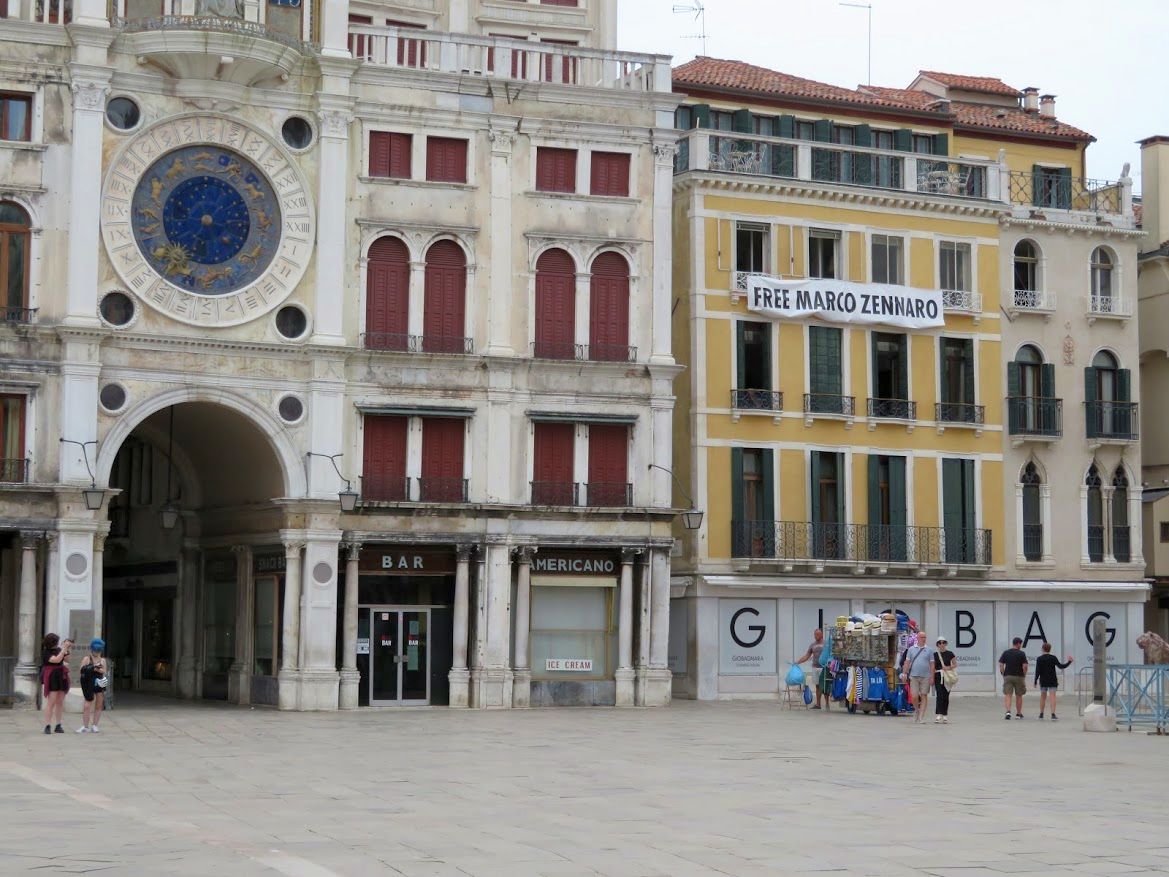
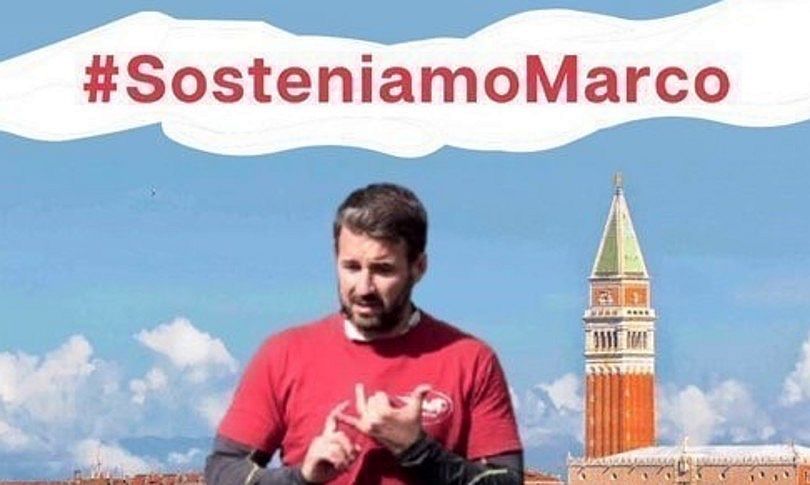
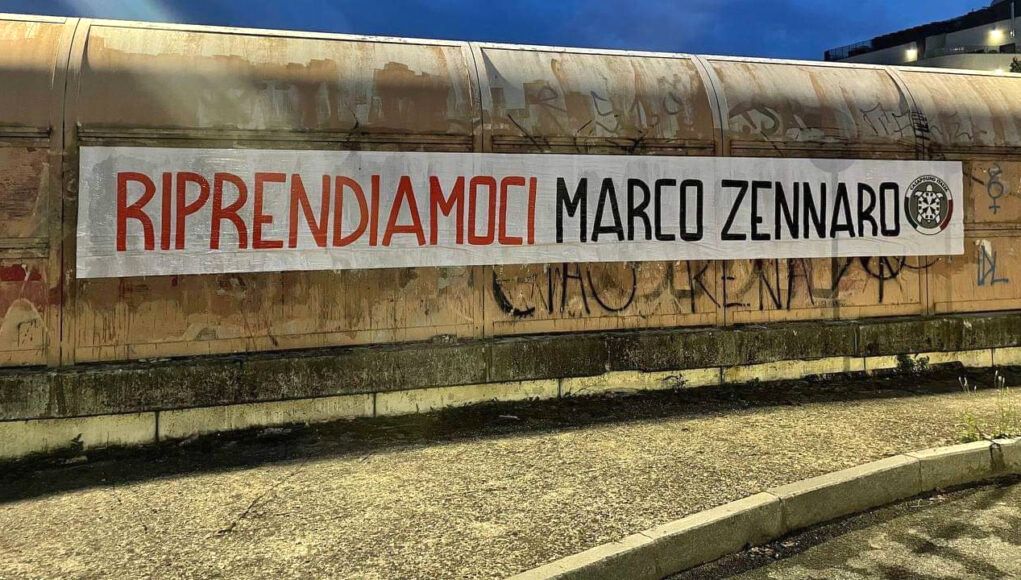
MOSE:
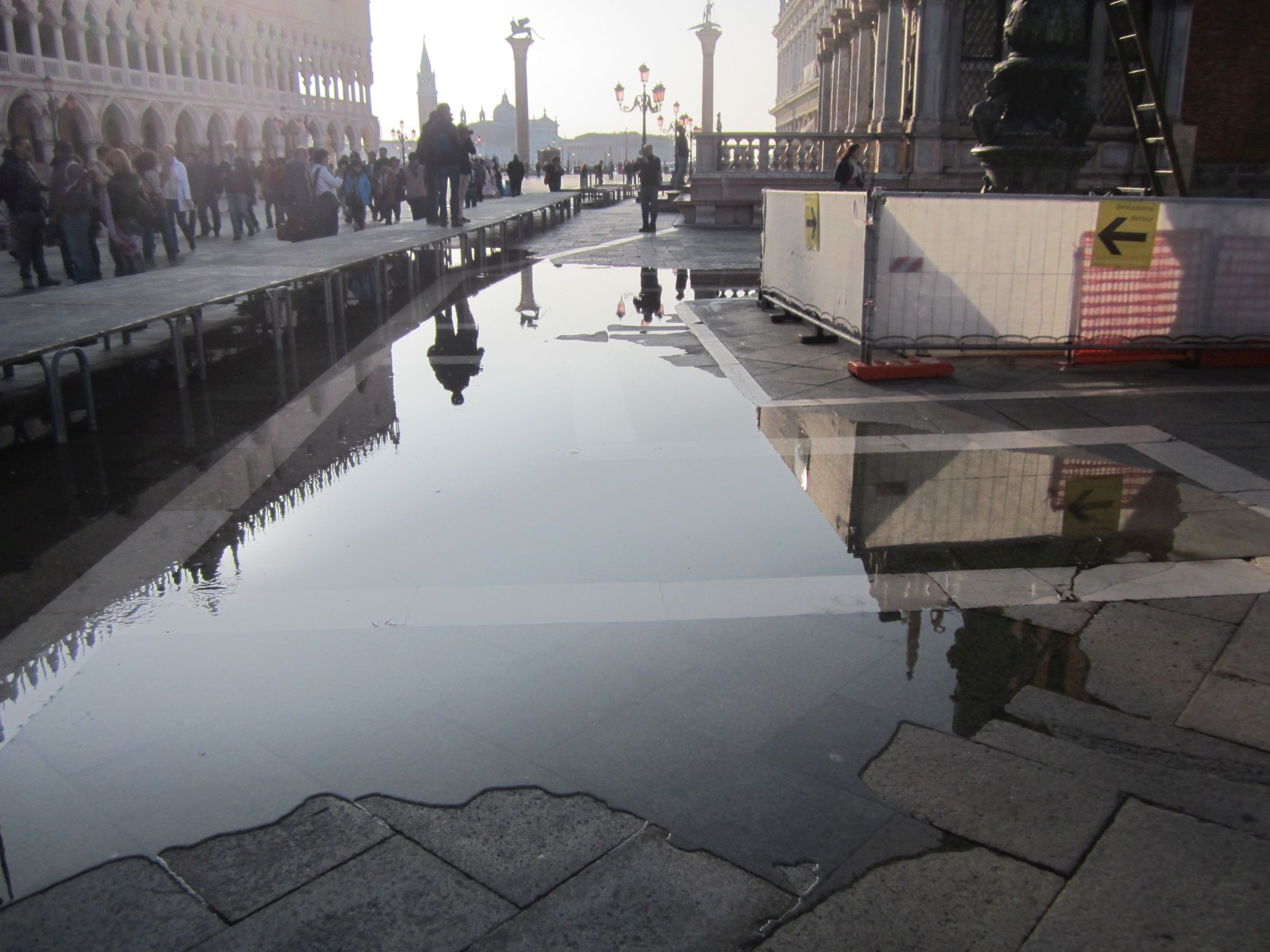
Mose worked last winter (except for one time), so you might think all is well? You would think wrong. I’m starting to dread the winter again.
The plan was to complete all the work by June 30, and declare the project finished on December 31, 2021. But that timetable is now in tatters for various reasons, primarily money problems (as always). The refusal of some suppliers to continue without payment also slowed things down, and the work was officially suspended yesterday, July 16, even though it actually had been stopped for three months already.
Without regular tests, without personnel from the companies involved, without some degree of ongoing maintenance, it’s not certain the gates will even rise when needed. Broken elements haven’t been replaced, parts are deteriorating because there is still no air conditioning in the underground gallery. There is severe corrosion that has been reported for years, to the frames of the underwater tensioners as well as the hinges of the gates. Encrustation of barnacles and other crud will certainly make the gates heavier. The gates at San Nicolo’ have been underwater for eight years now.
Bids have been solicited for a maintenance program budgeted at 64 million euros, even though some estimates maintain that at least 100 million euros will be needed for this every year. (Personal note: Lino has never batted an eye at the titanic construction costs. His refrain has always been simply “And the cost of the maintenance?”)
A Venetian deputy in Parliament, Orietta Vanin, has written to Enrico Giovannini, the Minister of Public Works, saying “A plan is missing for the launch of the work and the completion of the machinery. When is Mose going to be tested? What is the risk to the city in view of autumn? At what point are the interventions for the security of the Piazza San Marco? We’ve asked several times but have never had a response.”
TOURISM:
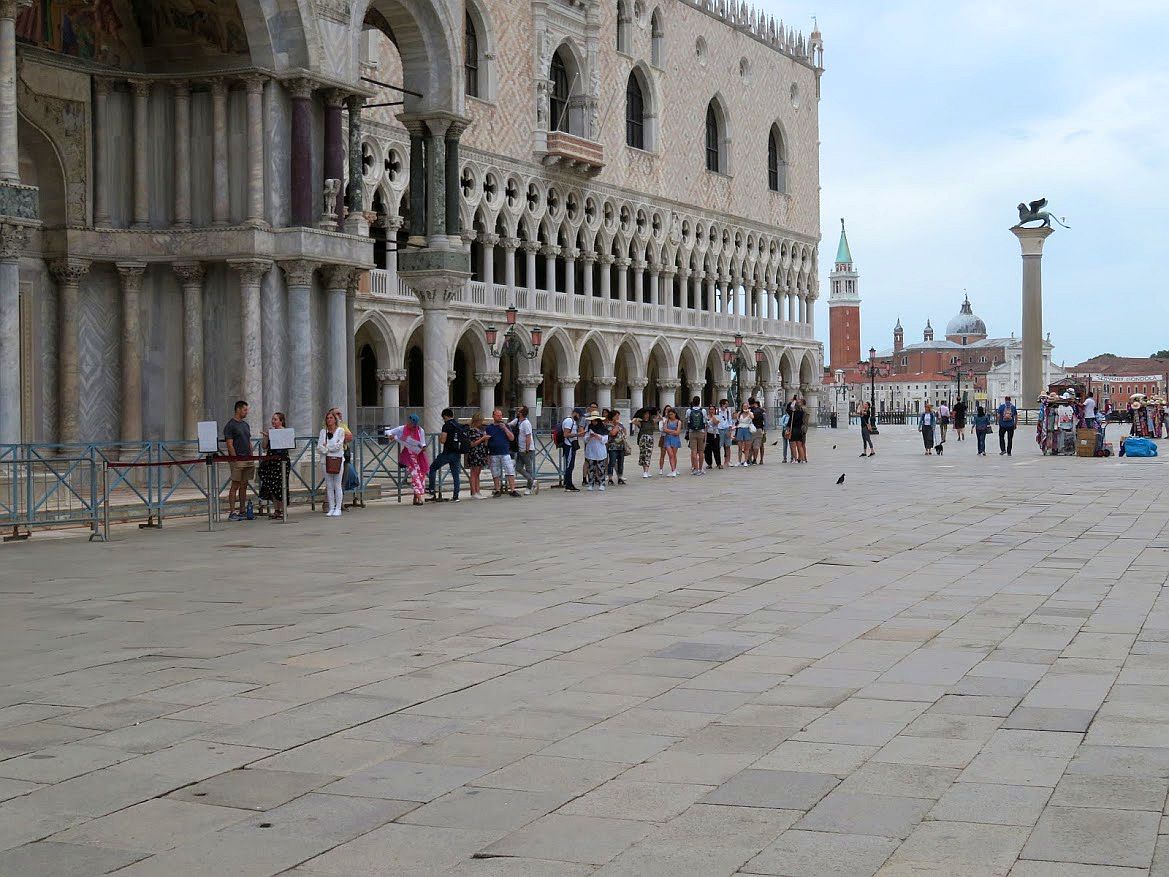
The infamous hordes are not yet swarming the streets; tourists there are, many of them still day-trippers, but not insupportable numbers, by any means. We could probably use a good horde or two right now. Happily for everyone, American travelers are finally permitted to fly to Venice (I presume also to the rest of Italy). Delta Airlines has non-stop flights from Atlanta and New York, and the other day 200 passengers from the USA disembarked to great, if silent, applause. That’s just a drop, however, as the Venice airport is currently handling 15,000 “passages” a day, a mere third of their daily pre-pandemic total.
Still, no coherent plans for managing the eventual masses have yet been proposed. The secretary of the artisans’ association, Gianni De Cecchi, says “The pandemic has passed in vain.” So stand by for the usual complaints, protests, and laments to come forth again. Probably toward the end of next summer, if forecasts can be trusted. Stay tuned.
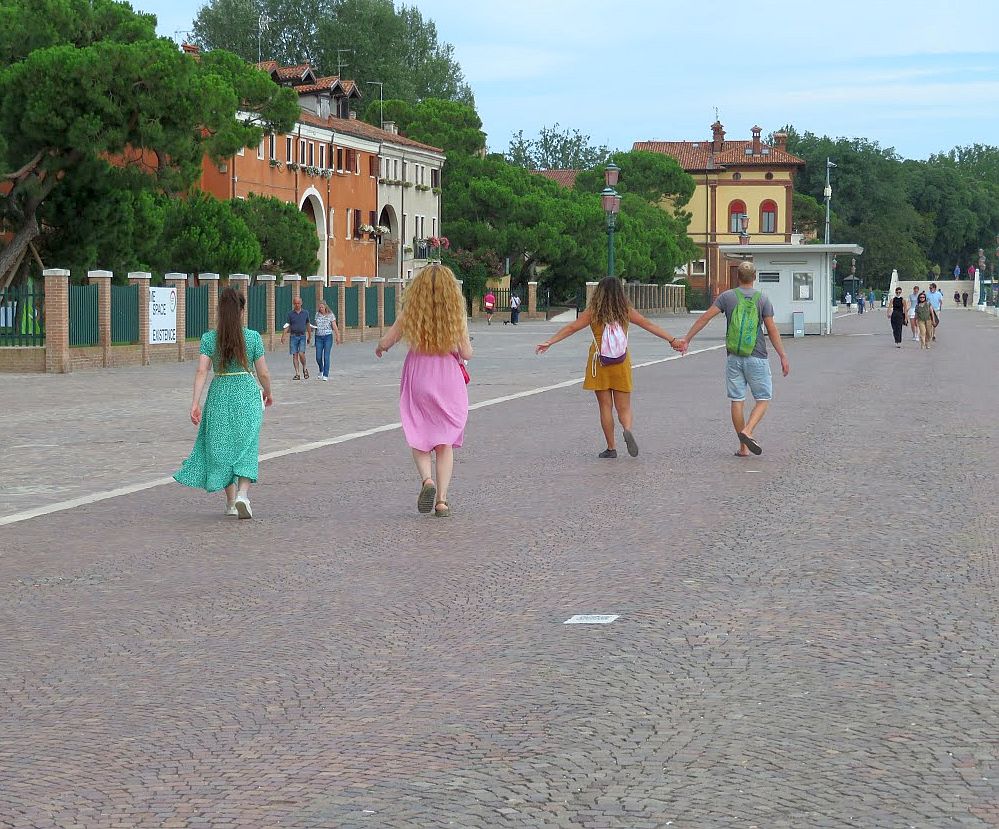

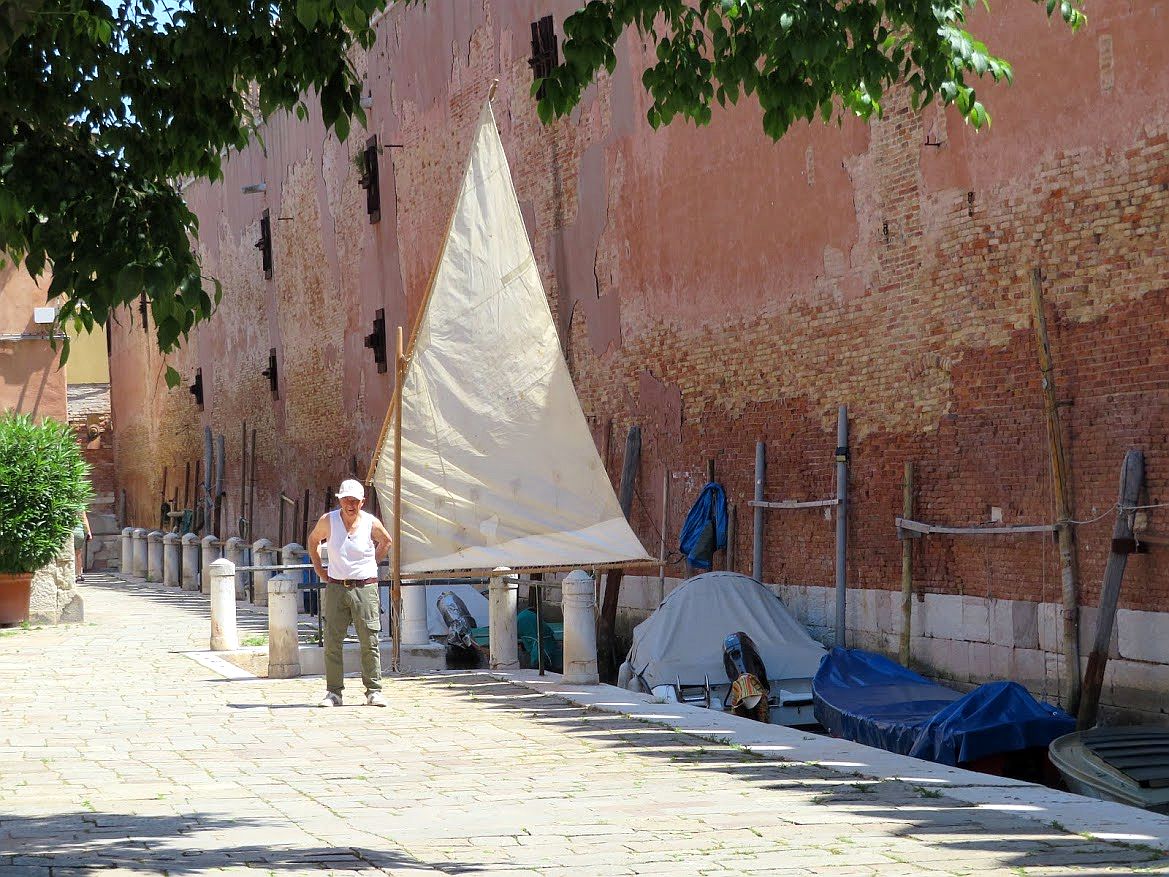

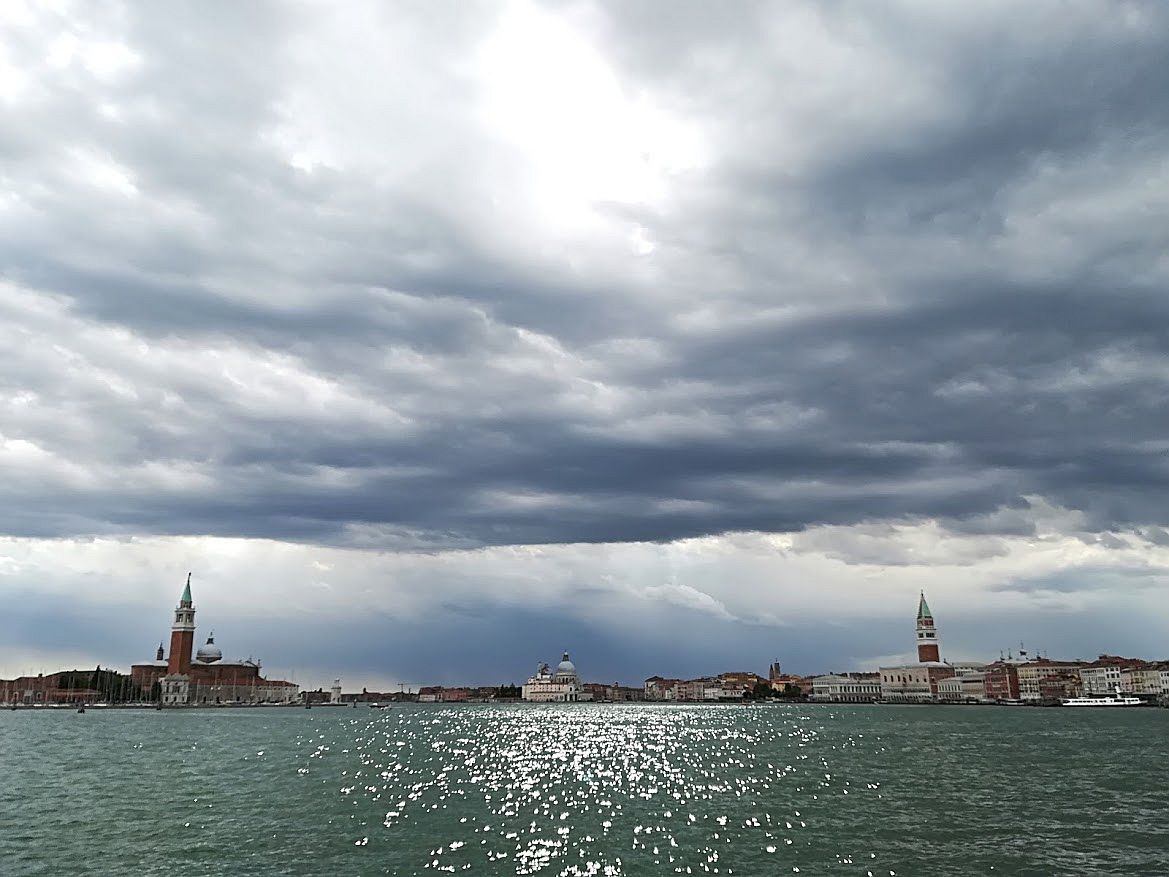
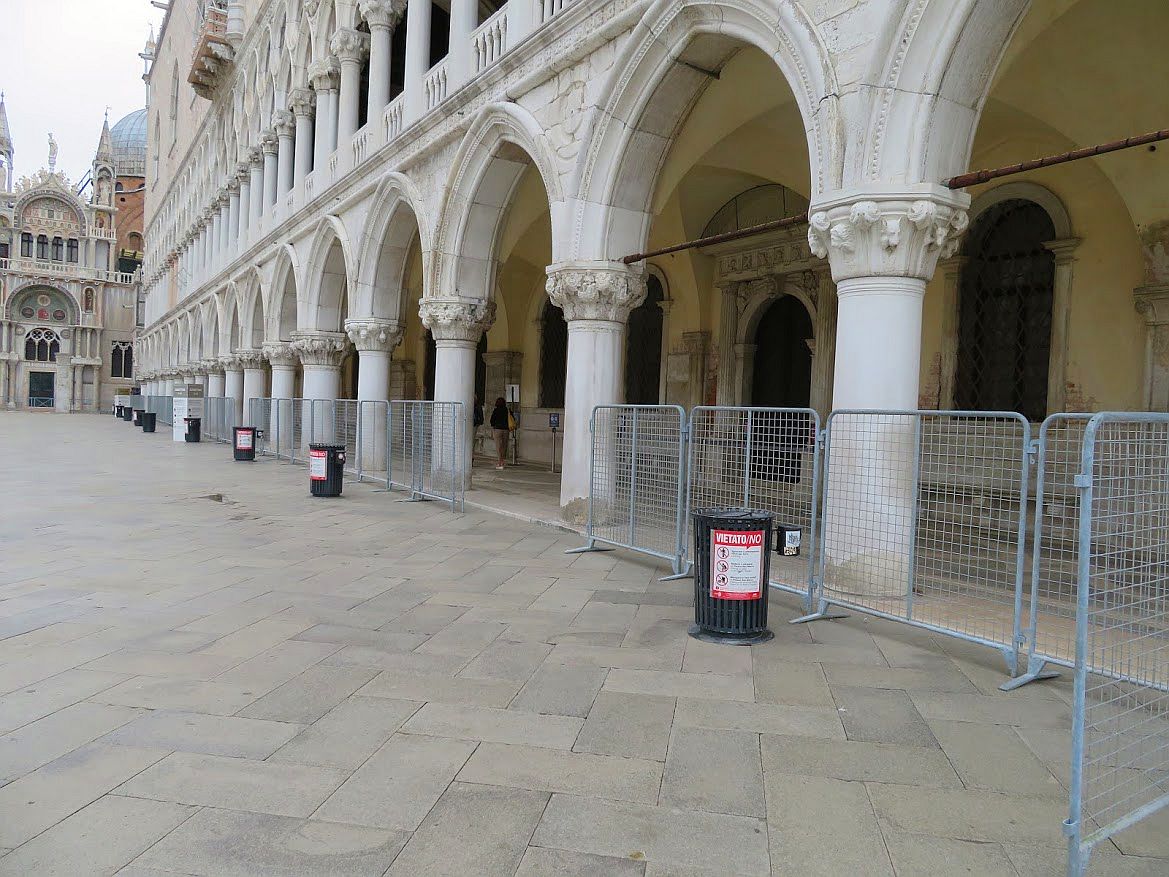
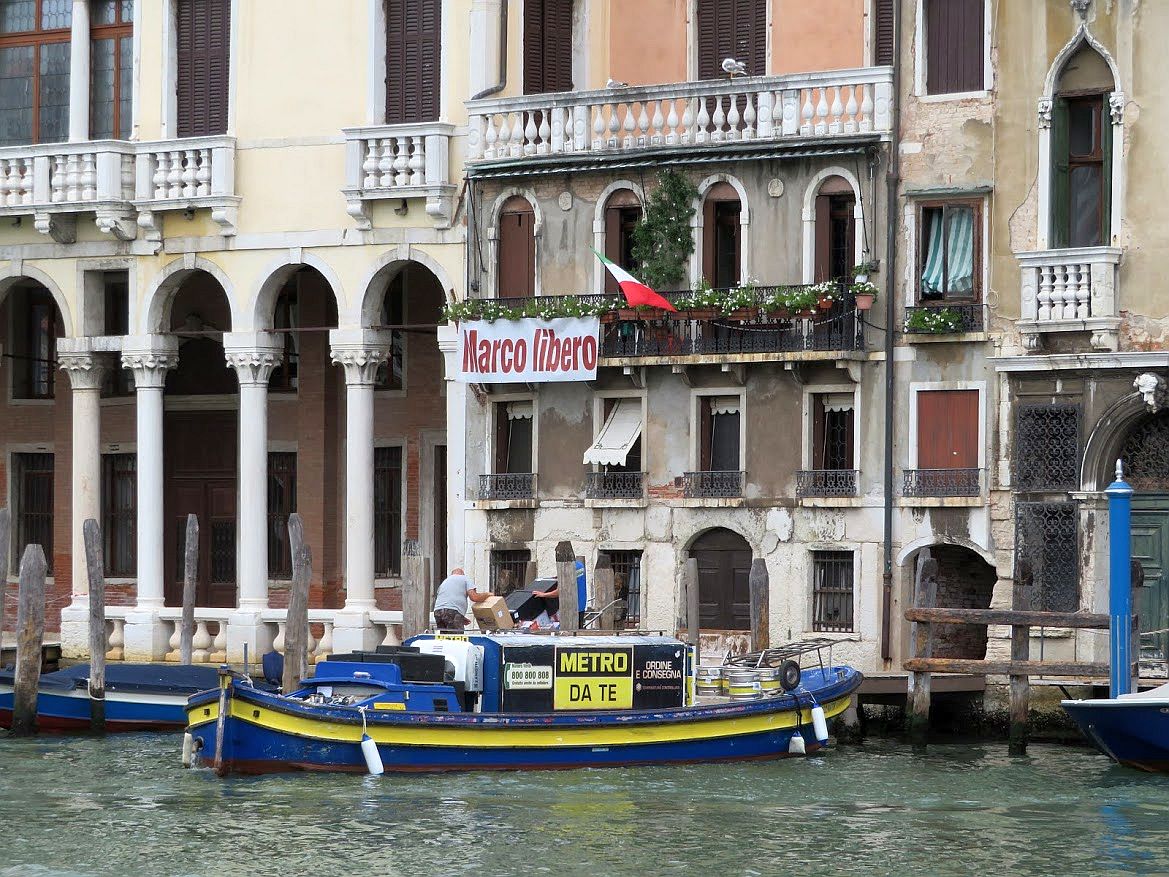
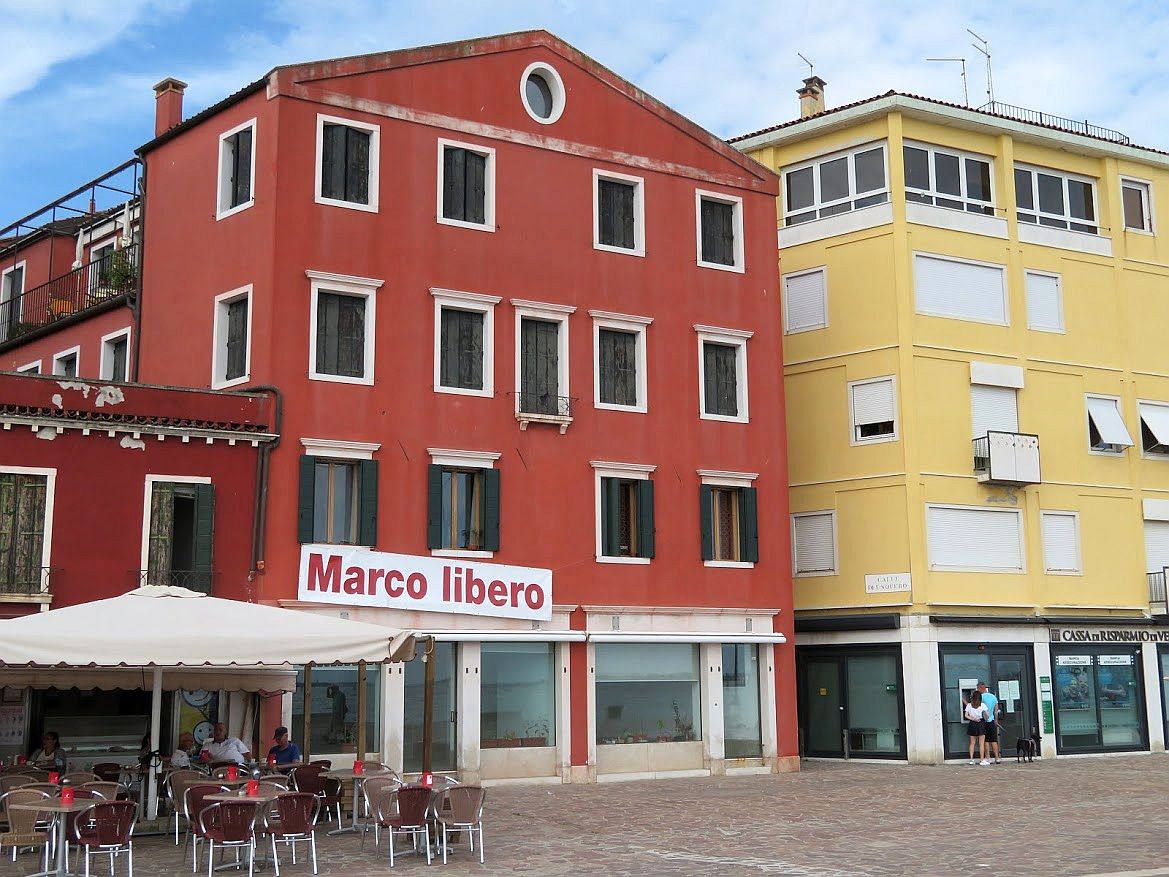
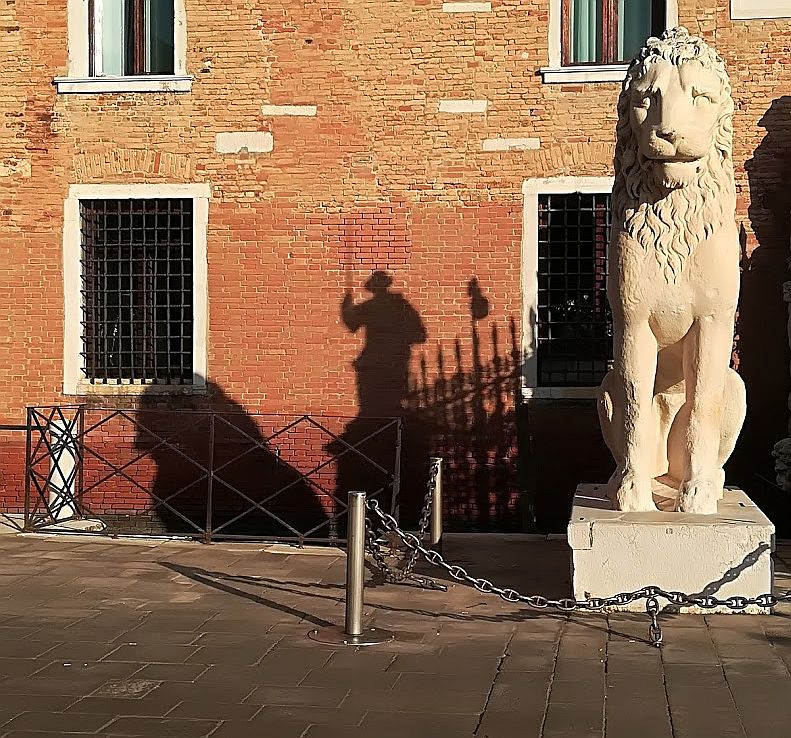
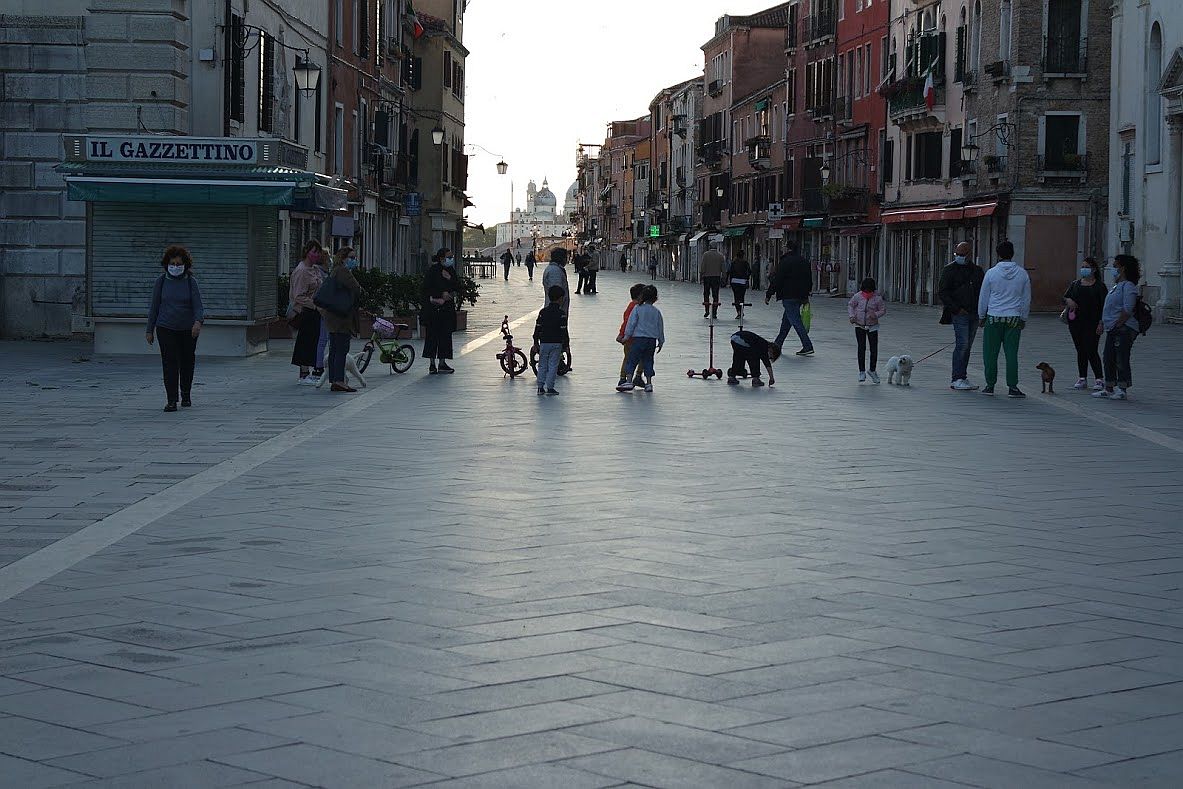
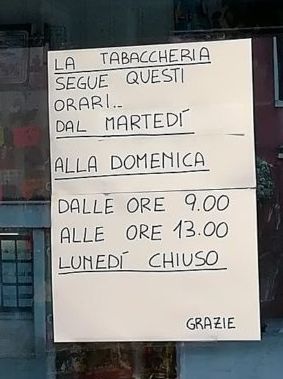

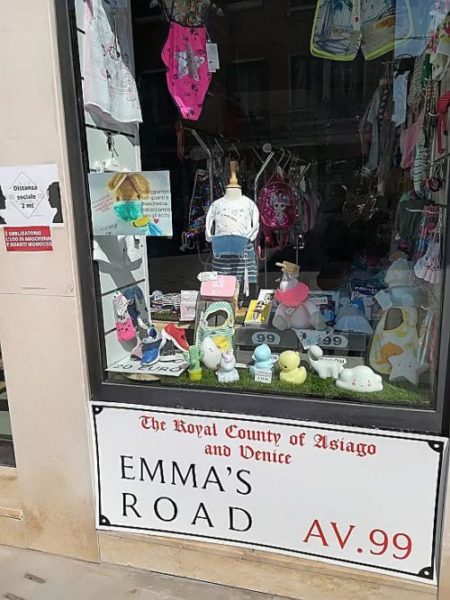
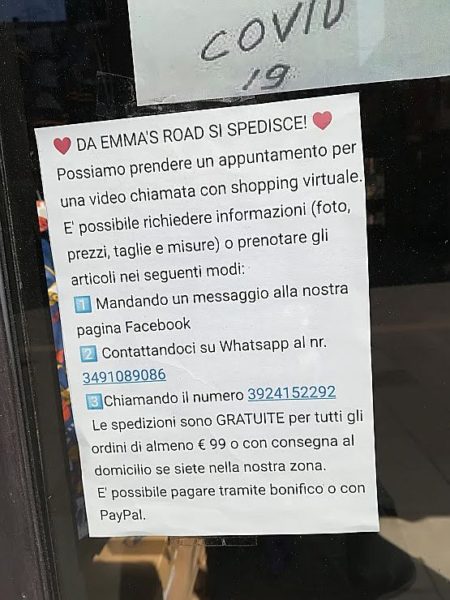
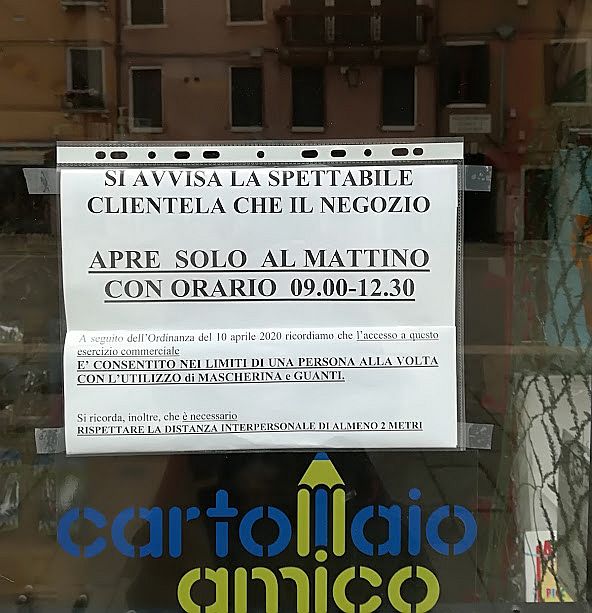
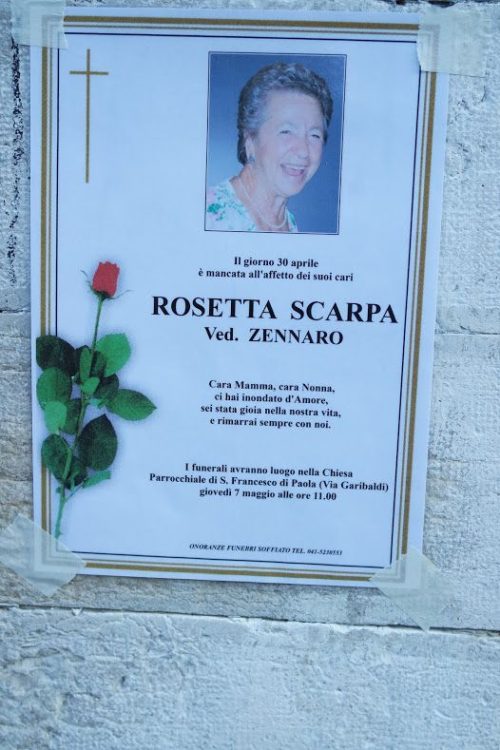
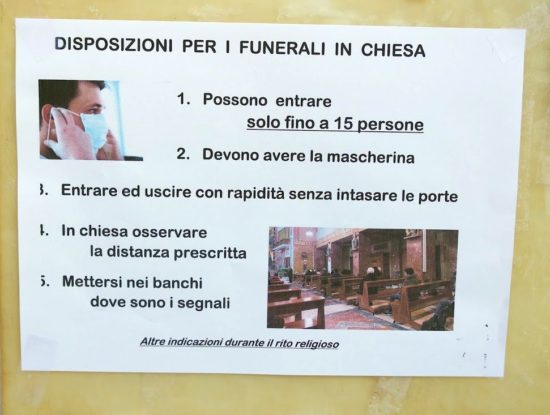
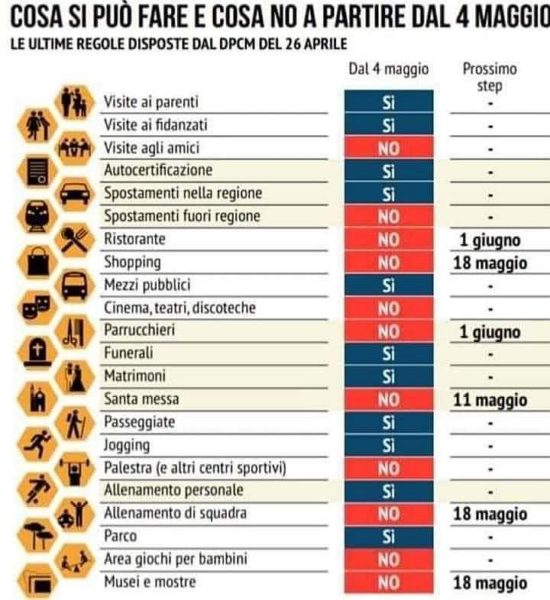
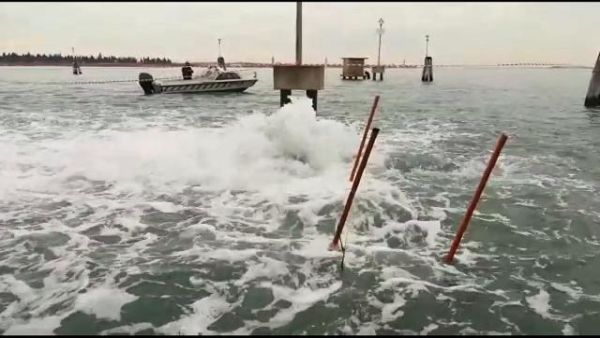
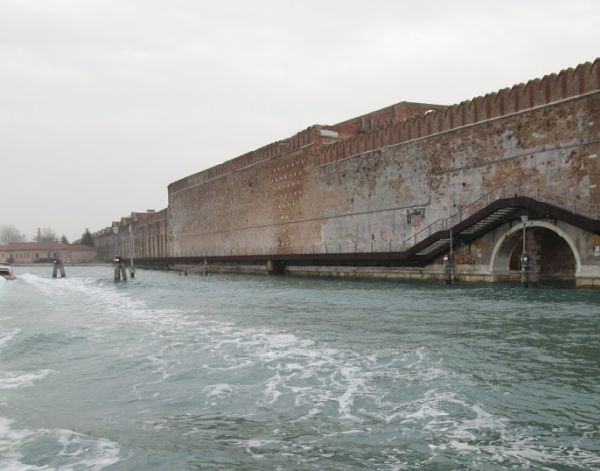
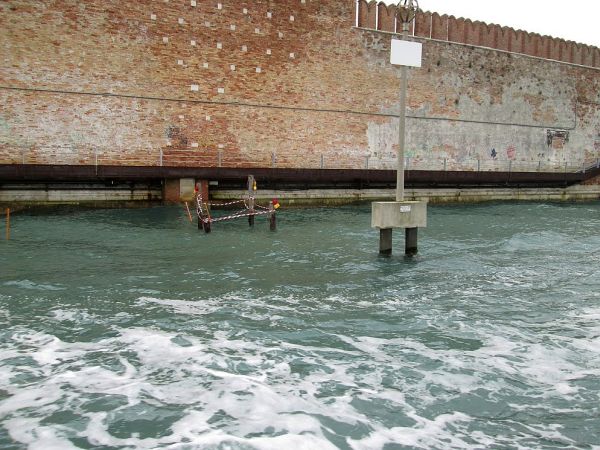
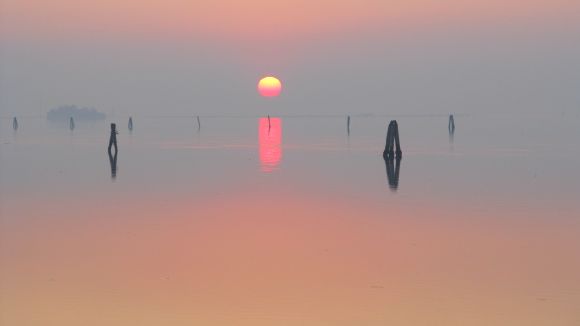
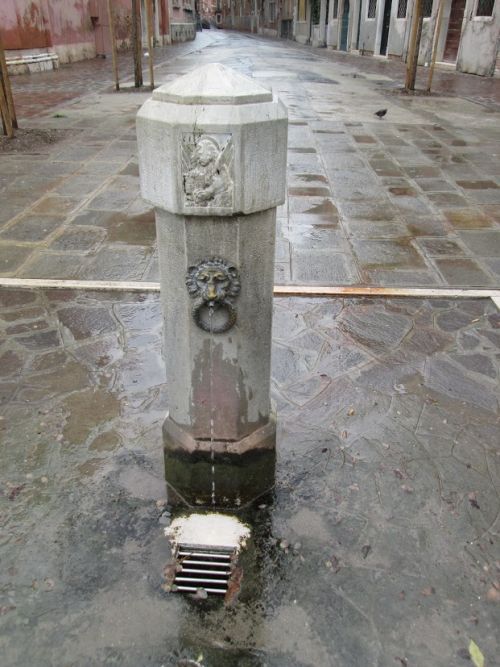
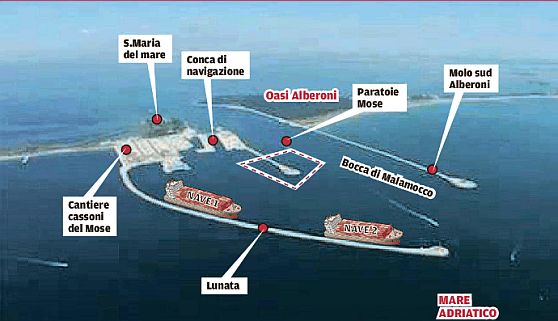
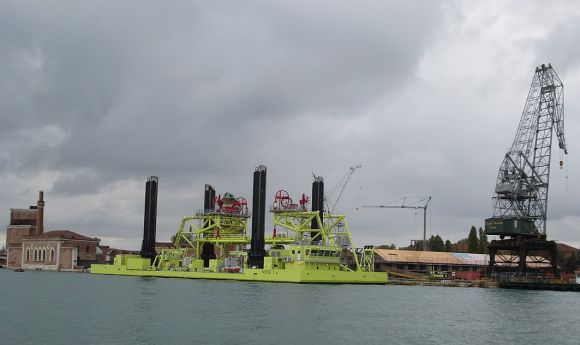
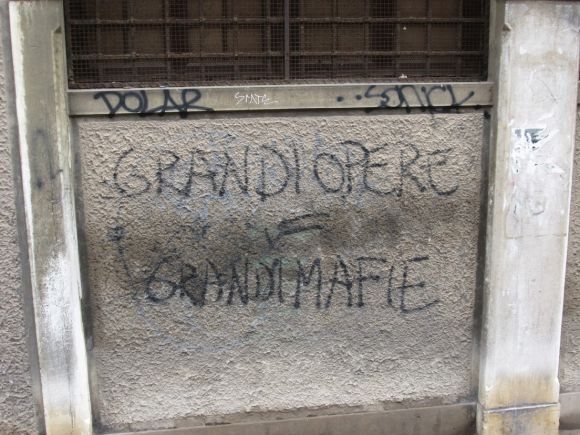
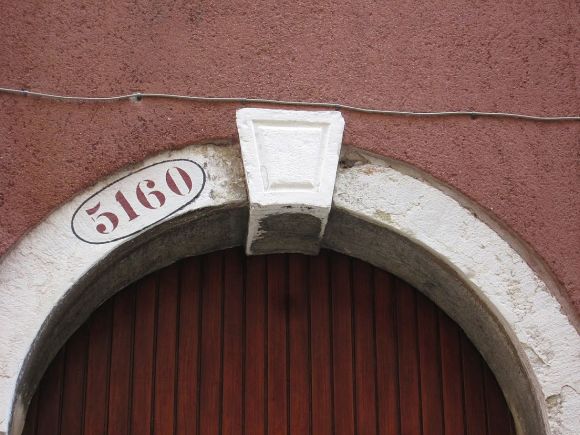
By the way, all this increased traffic will make it even more important to keep the aforementioned channel dredged. However, the deeper the channel, the faster the tide enters and exits, and already this action removes millions of cubic meters of sediment from the lagoon every year. Everyone knows that the Canale dei Petroli has thus caused incalculable damage to the lagoon and its extraordinary ecosystems. Ironic that UNESCO decided to designate part of the lagoon as a national monument with the notion of protecting it, but they seem not to have taken into account the effect so much extra traffic will have in a channel that essentially behaves as if it were a water vacuum sucking the soil from the lagoon.
FREE MARCO ZENNARO: